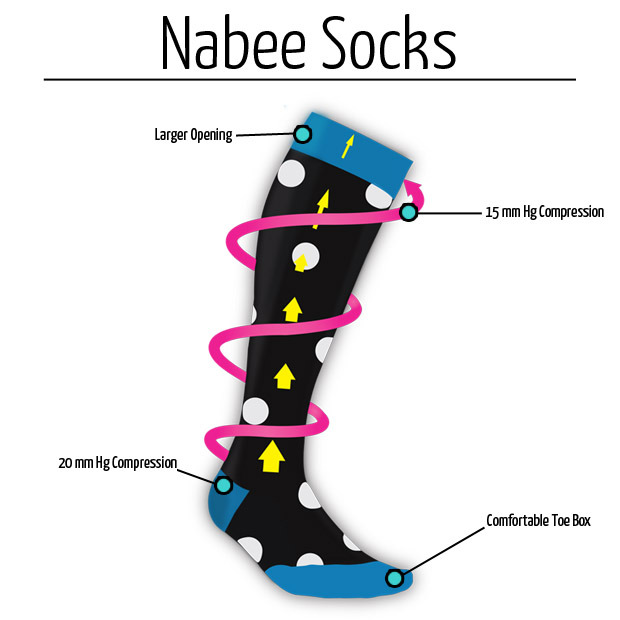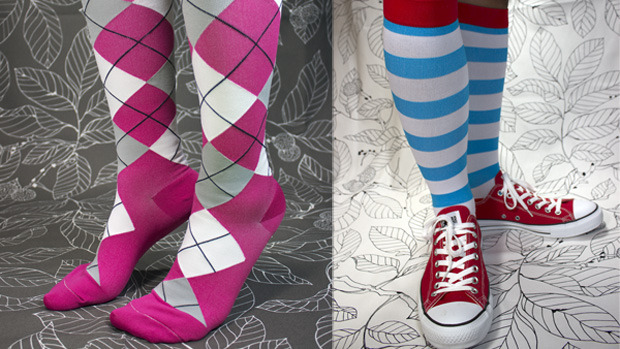Have you ever been been frustrated by your company’s inefficiency or been annoyed by a technology or infrastructure problem? Maybe your boss brushes it off even though you know it’s something that’s costing the company money, and more importantly time. Bette Graham experienced this in 1951 when she realized the difficulty of correcting mistakes as a typist. So, she decided to take action and created a correction fluid in her kitchen using a basis of tempera paint that she mixed with a blender. This was the first “liquid paper” and it spawned a series of related products that would soon make up a million dollar industry.
Bette created a minimum viable product, but it was clear she didn’t have the resources to produce the liquid paper on a massive scale, and therefore it took her small business almost 20 years to reach the stage where it was acquired for $47 million with royalties. It reportedly took 10 years to become profitable. What would have happened if Kickstarter existed in 1951?
On January 7th, Brian Park launched a Kickstarter project for Nabee Socks or “Warm & Happy Hugs for Your Feet.” The project has met its funding goal with 4 days to spare, having raised $10,314 in a 30 day period. I had the privilege of interviewing Brian and uncovered some great insights on creating crowdfunding campaigns, along with the story behind Nabee Socks.
1. How did you come up with the idea for Nabee Socks?
I work as a critical care nurse in Washington, DC. So, I see a lot of patients, nurses, and doctors wearing compression socks for different reasons. Patients will be wearing them because of poor blood circulation while doctors and nurses wear them to stave off leg fatigue. The hospital I work at also recently implemented a dress code that requires all hospital workers to wear certain colors of scrubs. This limited our ability to individualize our wardrobes, but many doctors and nurses began using colorful socks to compensate.
Unfortunately, compression socks came in a limited number of designs and colors; usually white, black, and beige. So, many doctors and nurses began wearing a second pair of colorful socks over their boring compression socks. This was my “A-ha moment”, where I saw a niche market in need of a product that didn’t yet exist.
2. What was your marketing strategy for the campaign?
 Compression socks are a hot item right now. Compression hosiery imports into the U.S. have increased by nearly 150% in the last two years. Many athletes have begun to wear compression socks during and after workouts to help with muscle fatigue and soreness. This has catapulted their popularity in the U.S. and has also increased the number of compression sock brands available to consumers. We did a lot of research into our potential competitors and found that they all had a strong focus on athletics or medicine. There were no “compression socks for everyone”. All the compression sock companies marketed in a stern, serious way that was intimidating for the average consumer.
Compression socks are a hot item right now. Compression hosiery imports into the U.S. have increased by nearly 150% in the last two years. Many athletes have begun to wear compression socks during and after workouts to help with muscle fatigue and soreness. This has catapulted their popularity in the U.S. and has also increased the number of compression sock brands available to consumers. We did a lot of research into our potential competitors and found that they all had a strong focus on athletics or medicine. There were no “compression socks for everyone”. All the compression sock companies marketed in a stern, serious way that was intimidating for the average consumer.
We decided that Nabee Socks should break the mold created by the compression sock market and make a fun compression sock company that was accessible to everyone. Nabee Socks markets itself as a playful company that focuses on its customers’ wants and needs. We wish to engage our supporters and plan to create numerous opportunities for them to create content and direct the design of upcoming products. Fun, creativity, and honesty are the principles Nabee Socks values most.
3. Why did you decide to use Kickstarter as opposed to other platforms or methods of obtaining funds?
Nabee Socks chose Kickstarter because it had the largest reach and was low risk. Our initial monetary investment for Nabee Socks’ Kickstarter campaign was minimal because we already had the necessary equipment and design skills to create a professional looking video. Also, Kickstarter does not charge you any money if your campaign does not meet its goal. So, the risk associated with a Kickstarter campaign is very low.
There are numerous crowdfunding companies, such as IndieGoGo and Microventures; they are all effective sources of funding, but Kickstarter is the most visited and recognized. We viewed our Kickstarter campaign as, not only a source of funding, but also as a great advertising platform. So, we wanted to go with the most visible crowdfunding source. Even if we didn’t reach our goal, we would be able to reach more people and direct them to our mailing list and store for future sales.
Due to the low risk and investment associated with a Kickstarter campaign we also recognized it as a means of validating our product idea. If Nabee Socks reached its $10,000 goal in less than a month, we were confident that it could be a sustainable business moving forward. If we had missed our goal by a significant amount, we would have to rethink our idea and make the necessary changes to make it viable.
4. Do you have any advice as to what people should know before creating
a campaign?
Before starting any crowdfunding campaign, I would suggest organizing your manufacturer, freight company, and fulfillment/storage warehouse to accurately assess all your costs. I would also write and record all your materials before starting your campaign to minimize stress; some examples would be: e-mails to blogs, e-mails to friends and family, a brief press kit for potential bloggers and advertisers, thank you e-mails and product inserts, and any pictures or videos you’ll be using throughout your campaign.
5. You are almost successfully funded. What do you think played an important role in reaching your goal?
As I write this, we are less than $200 away from our $10,000 goal. There were 3 important points that made our Kickstarter campaign a success: good quality video, communication with supporters, and word of
mouth.
You’ll see successfully funded Kickstarter campaigns with poor quality videos, but they are the exception and not the rule. Your video represents your product and you want it to appear professional and exemplify the characteristics of your company. Many people make their videos too long and have poor audio. So, make sure you use a dedicated microphone and make it less than 3 minutes. Most people only watch your Kickstarter video and never read the description below. So, make it short and sweet.
We got a lot of questions, potential investors, and potential distributors throughout our Kickstarter campaign. Each person got a thoughtful, personalized response and most were converted to Nabee Socks supporters! However, this can become very time consuming. So, take the time to put up a useful FAQ on your campaign page to answer potential supporters’ questions without sending out 100 e-mails everyday.
Finally, nearly 40% of our backers came by word of mouth through friends and family. In our age of technology and social media, we forget that word of mouth is still a powerful tool. Send out some personal e-mails to your family and friends, but feel free to send out a mass e-mail to the casual acquaintances in your address book. You’ll be surprised to find that most most will be excited to help you in your new business venture.
Check out his Kickstarter Campaign here and the accompanying Nabee Socks website here.






